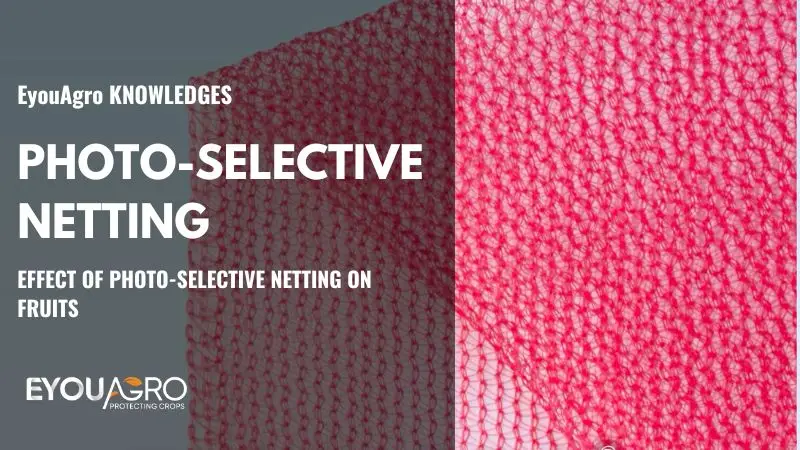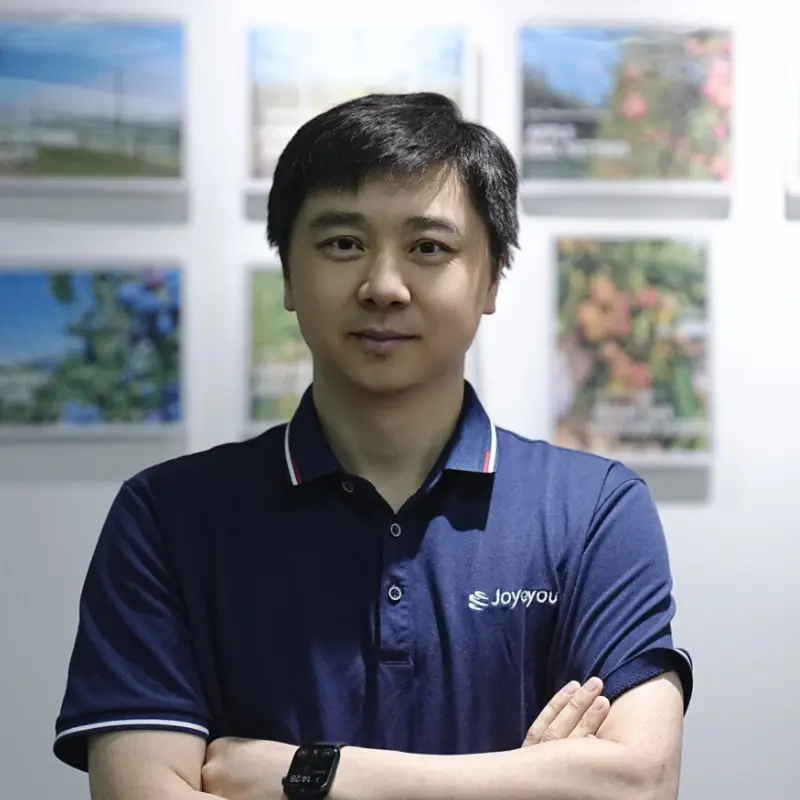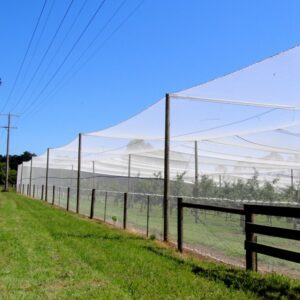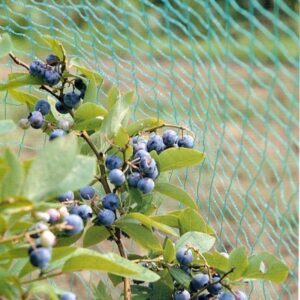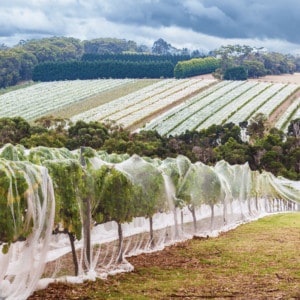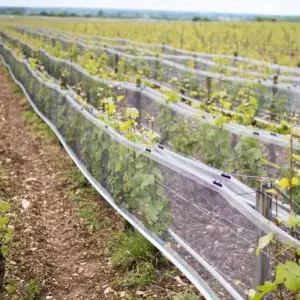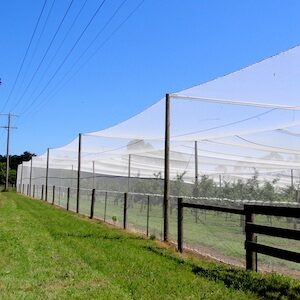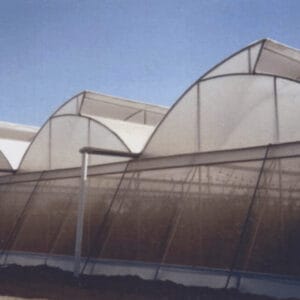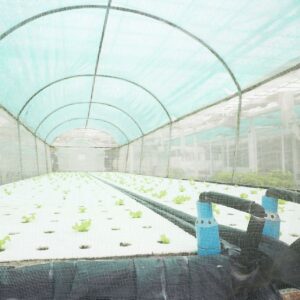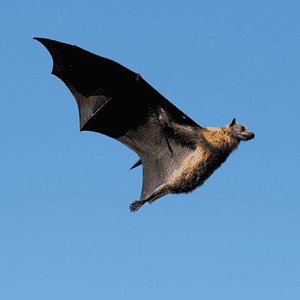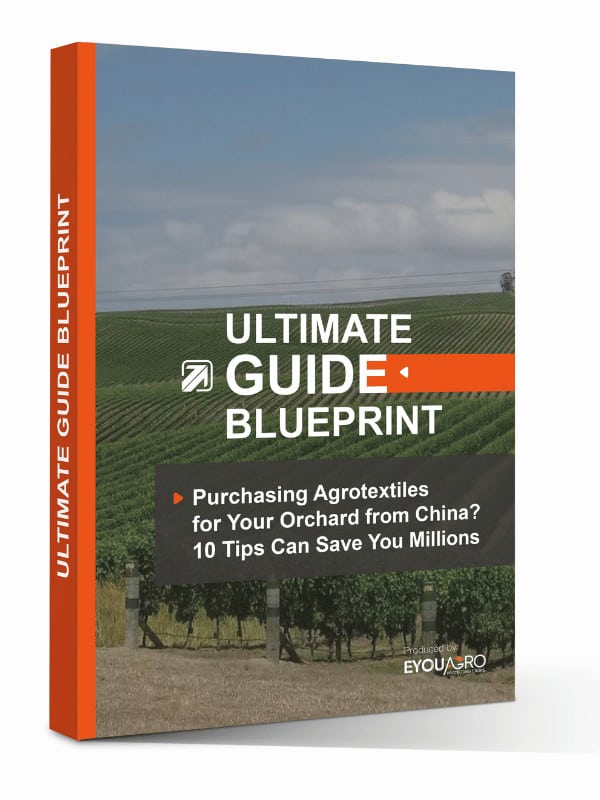Introduction
In addition to healthy, pest-free soil and proper watering, netting is one of the most important weapons against losing fruit to pests. However, it’s important to remember that there are several different kinds of netting out there, and you must use the right type for the right job.
If you’ve ever had a tree or two eaten to the ground during harvest, you know how much work it can be to plant new trees in time for next season.
Photo-selective netting for your orchard is an excellent solution for improving airflow and reducing the spread of disease. Let’s examine some of the benefits and how it works.
What is photo-selective netting?
Photo-selective netting is like sunscreen for plants.
A photo-selective net (PSN) is a solar light-reflecting and controlling material used to cover crops, protect them from the outdoor environment, and improve agricultural production.
It can selectively filter out sunlight wavelengths unsuitable for photosynthesis, allowing only those suitable for crop growth to enter the plants.
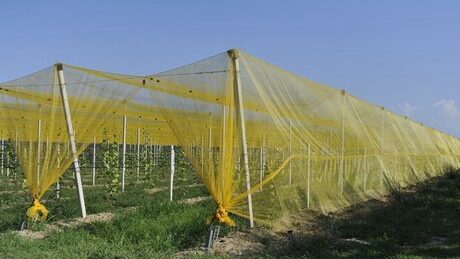
How does it work?
A photo-selective net is like a type of screen made up of parallel threads fastened at a given spacing to form openings that may be round, rectangular, square, or otherwise shaped and constructed to provide selective solar radiation control.
In addition to being an insect net, a photo-selective net is a selective solar radiation filter with reduced glare and heat transfer. The technology is based on a plastic mesh material into which various color pigments are introduced while manufactured. These meshes are designed to block certain bands of solar radiation and reflect direct light into scattered light.
Solar shade net fabric varies in color and weave. Sometimes, a softer look is needed. The most significant value of solar radiation (or the amount of solar energy passing through the material) is based on the area of the holes in the fabric.
This specialized netting design is intended to help your crops increase their photosynthesis by only allowing certain wavelengths of light through. It also results in a darker shade of green.
They are citing it from heatstroke during the day. This daylight control system gives you better yields of firmer, fresher fruit, whatever the weather. The nets are also meant to help reduce water loss caused by evaporation.
How to Use It
The photo-selective fine-meshed net (usually with an aperture size of 20 to 50 mm) is often used in fruit orchards to prevent sun and bird damage during the fall. The net is hung along the perimeter of the orchard and stretched by attaching it to wires on both ends. For fruits, such as apples and pears, which require hand-picking at harvest time, photo-selective fine-meshed netting can be installed above the trees to protect them from birds without hindering human activity.
Benefits and Uses of Photo-Selective Netting
Here is why photoselective netting is the best idea you can use for the health of your fruit plant:
1. Get the bag on early
Photoselective netting, a proven fruit-growth enhancer, confers the benefits of pruning without cutting and clipping. The net also enforces the vertical spacing of the rows and plants so that each plant is encouraged to grow upright stems with fewer fibrous side shoots. Imagine having an orchard piled high with fruit, all thanks to Photoselective netting. This innovative material confides fruit early in its growing season, restricting its growth and drastically reducing the need for pruning and excessive clipping. The results are unrivaled freshness and low maintenance.
2. Reduces the chances of Fungi
As the temperatures start to dip into the autumnal valley, a problem facing both amateur and commercial fruit growers is the chance of diseases occurring in orchards. Photo-selective netting is a true innovation, designed to prevent fungi such as mildew from forming on apples while reducing the threat of insect infestation.
3. Keep Away Birds
Photoselective nets keep birds but allow air and light to reach the fruits. When flowers bloom, the fruit trees are pollinated by bees that go freely through the meshes. Without destructive birds, there is less need to spray pesticides. The product has been a success in Europe for decades.
4. Reduce Temperature and Water Loss
In cool weather, the photo-selective netting lets in warmth from the sun but shuts out the cold and dampness. In warm weather, it works reversely, cooling your crop by night and protecting it.
5. Train fruits to grow big
Fruits are trained to grow big through the use of photoselective netting. The trick is to drape a dark, mylar-like fabric over a wire mesh that includes holes smaller than fruit but large enough to let in light. This allows sunlight to reach the leaves, almost like the netting wasn’t there.
The result is a microclimate that keeps your plants warm and healthy all season. Photoselective netting trains your plant tendrils to grow between the wires for support, creating air circulation between rows for more even distribution of warmth and preventing frost damage.
Another advantage is that these netting systems protect your mature trees from damaging insects and wind damage. That can lead to poor-quality fruit.
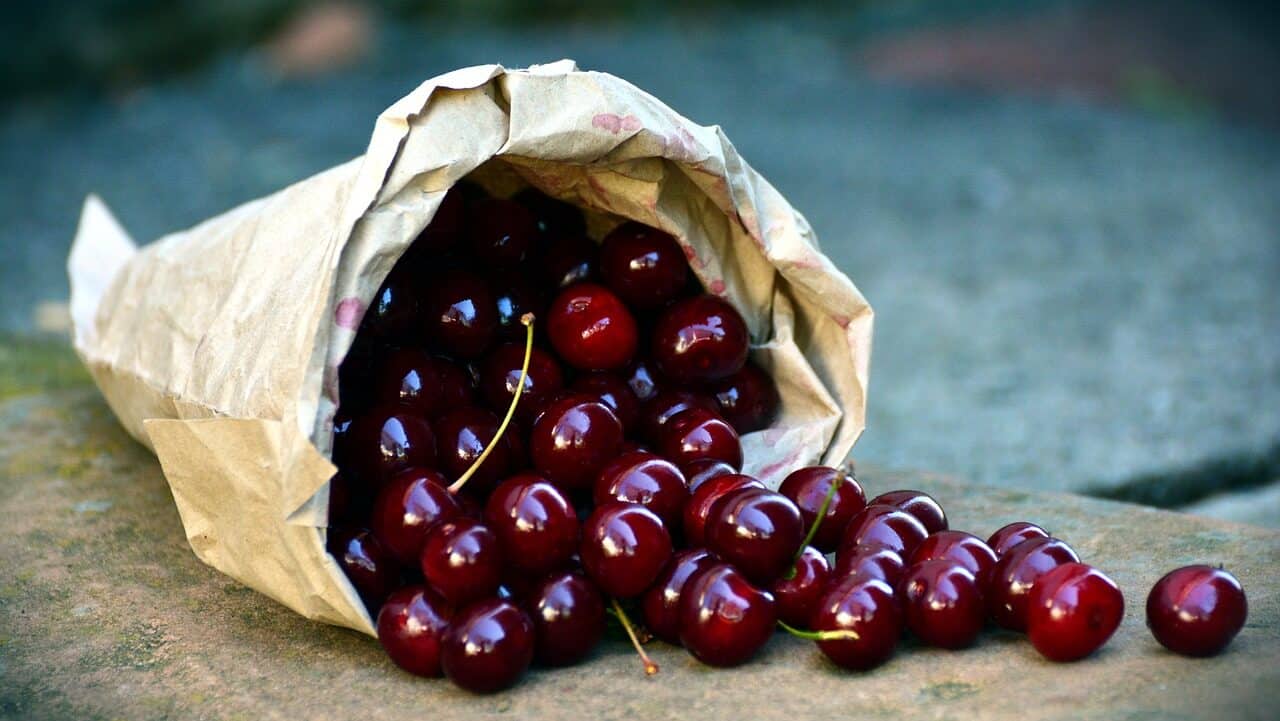
6. Less Money for Pesticides
Fruit growers are now putting the money they’re saving on pesticides into the netting, which is less expensive to install than pesticides and can better protect crops from birds and other pests. Photosensitive netting helps farmers to grow high-quality fruits and vegetables without using pesticides. It protects plantings from insects by using an ingenious combination of light filtration and reflection, in a pattern that effectively demoralizes most flying pests.
Conclusion: Protect your Investment
Most commercial greenhouses use shade cloth to protect plants. The problem with shade cloth is that more than ¾ of transmitted light gets converted into heat energy, resulting in high temperatures inside the greenhouse.
Photo-selective netting (PSN) is like sunscreen for plants; it reflects and transmits light. This netting enhances natural sunlight by admitting desired wavelengths while suppressing unwanted wavelengths, helping fruits grow better than before. Instead of producing heat, PSN becomes a dehumidifier between sunlight and plants.
Your plants deserve the best—an EYOUAGRO netting solution. With our low-cost, easy-to-operate, photo-selective net, you can improve your fruit yields and quality while reducing sun exposure in an environmentally friendly manner.

